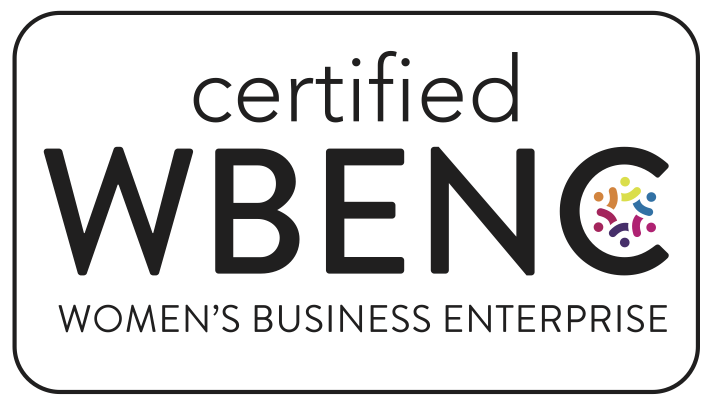An organization's ability to get its people to care about safety depends largely on how they understand what it means. Different interpretations of safety can pose significant barriers to the successful implementation of safety programs. Although people generally do care about safety, they often hold different understandings of it -- and it would be foolish for any company to assume that its employees care about safety in the way that it wants them to.
Clarity of purpose drives safety engagement
Safety needs a specific definition and vision. But people don't always see the same things. When ten crew members are asked to describe what safety looks like to them, they'll give ten different responses. In order to get its people on board with caring about safety, an organizations needs to be very specific and clear about what it wants them to care about. Communication is critical -- and often lacking. (For example, Franklin Covey research indicates that "only 15 percent of employees know their organization's most important goals."1)
For many years the focus has been on safety compliance instead of safety buy-in, because compliance is seemingly easier to achieve. Simple brute-force enforcement of safety rules and protocols will indeed lead to compliance. But it won't increase the likelihood that employees will care about where they work or take active roles in helping the company achieve its goals.
The connection between care and safety
People who feel valued by their employers and who believe that their contributions make a difference are more prepared to get behind the company goals. When employees and leaders share a clear vision about safety, there is more camaraderie, increased teamwork and cooperation, and a greater willingness to look out for the people they care for. When employees care about the other members of their teams, they are more likely to voluntarily make choices that reduce the risk to themselves and to their fellow team members. A company focused on achieving bare minimum compliance in safety isn't likely to be terribly concerned about its employees' level of care for each other or mindfulness.
Employees who are engaged in their work are more likely to care about the outcomes of their work. Quality, pride, and safety all work together. An employee who is proud of their high quality of work is less likely to employ low-quality safety standards or shortcut safety protocols.
Communication is key
A team that does not clearly understand the mission and purpose of its work is less likely to help its employer achieve what may seem to be arbitrary goals. When they have no connection to the "why" of a company's target, employees have no reason to care about it. Simple, concise communication can ensure that employees have a clear understanding of the organization's mission.
In particular, this communication should come from supervisors, who have the greatest amount of influence on any work site. Employees will do what is important to their immediate supervisors -- so when safety is important to the supervisor, it becomes important to the team. Therefore it is vitally important that supervisors buy into the safety program and the company goals. Then, armed with excellent team-building and coaching skills, they can inspire their teams to raise their performance levels and create fertile ground in which care can take root.
To achieve true safety, organizations need to emphasize care, not compliance. When employees care about each other and about building a solid reputation, they become a team that cares about doing its work safely. Care then becomes far more powerful than in-the-moment compliance.

